Raging infernos continue to burn in Australia after having deadly consequences for the country in the past weeks.

The wildfires have been widespread across several regions of the country and are currently the most severe in New South Wales and Victoria.
An early start to Australia’s wildfire summer season has killed at least 17 people, according to authorities. It has also burned 12.35 million acres of land and destroyed 1,400 homes.
The following maps show where new wildfires, under 12 hours old, were burning in Australia on Thursday afternoon. Full and up-to-date information on fires and their severity can be found at MyFireWatch.
In addition to Australian residents, thousands of tourists have also been forced to flee eastern seaside towns.
There are fears that the fires could get worse before they get better. Temperatures are forecast to soar above 40 degrees Celsius along the south coast over the weekend, bringing the prospect of renewed firefronts to add to the current blazes, numbering approximately 200.
Dozens of Canadians have been deployed to Australia to help with emergency responses, and are currently in New South Wales.
Melanie Morin, who works with the Canadian Interagency Forest fire Centre, explained there 66 Canadians currently in the country, with more expected to travel soon.
Morin noted these deployments are not static and can be moved around as needed. These Canadians are not firefighters, she said, but are incident-management personnel.
“The different types of roles that they will be doing there are operations strategy tactics, deciding and determining how the fire will be fought, planning logistics,” she explained.”
Here’s a look at exactly where they’re burning, and the damage they’ve caused.
New South Wales
New South Wales declared a seven-day state of emergency starting Friday over the raging fires — the third such declaration in less than two months.

Get daily National news
Authorities in the region also ordered tourists to leave a 250-kilometre zone this week, as State Transport Minister Andrew Constance called it the “largest mass relocation of people out of the region that we’ve ever seen.”
Firefighters are gearing up for Saturday, when temperatures are set to soar again.
“It is going to be a very dangerous day. It’s going to be a very difficult day,” said New South Wales Rural Fire Service Commissioner Shane Fitzsimmons.
Victoria
In Victoria, at least 83 homes burned this week.
The military helped thousands of people who fled to the shoreline, as a wildfire threatened their homes in the coastal town of Mallacoota.
Food, water, fuel and medical expertise were being delivered, and about 500 people were going to be evacuated from the town by a naval ship.
“We think around 3,000 tourists and 1,000 locals are there. Not all of those will want to leave; not all can get on the vessel at one time,” Victoria Premier Daniel Andrews told the Australian Broadcasting Corporation.
ABC’s meteorologist Jonathan How added Saturday’s high temperatures will prove to be a “dangerous day” for Victoria, along with New South Wales.
Western Australia
With fears of fires getting worse, the main road into Western Australia remained closed on Thursday, The Guardian reported.
Western Australia’s Department of Fire and Emergency Services said Eyre Highway will remain closed for at least five days, according to local newspaper The West Australian. Authorities cited new ignitions and erratic infernos for the highway’s continued closure.
Several residents have hit roadlocks, leaving them stranded with minimal supplies for days.

Queensland, Tasmania, South Australia and Northern Territory
While fires in other parts of the country are currently more severe, Queensland and other states have also been badly affected over the past several months.
Fires in Queensland first began in September 2019. As recently as mid-December, the wildfires led to emergency evacuation orders for those living by the Peregian Springs area, ABC reported.
According to BBC News, South Australia has been battling “catastrophic” conditions in its wine country. Local news outlet 9 News reported there were extreme fire danger forecasts in six districts of the region.
Australia’s Northern Territory also experienced more severe weather earlier in the wildfire season, resulting in fire bans and emergency warnings.

— With files from Reuters and The Associated Press


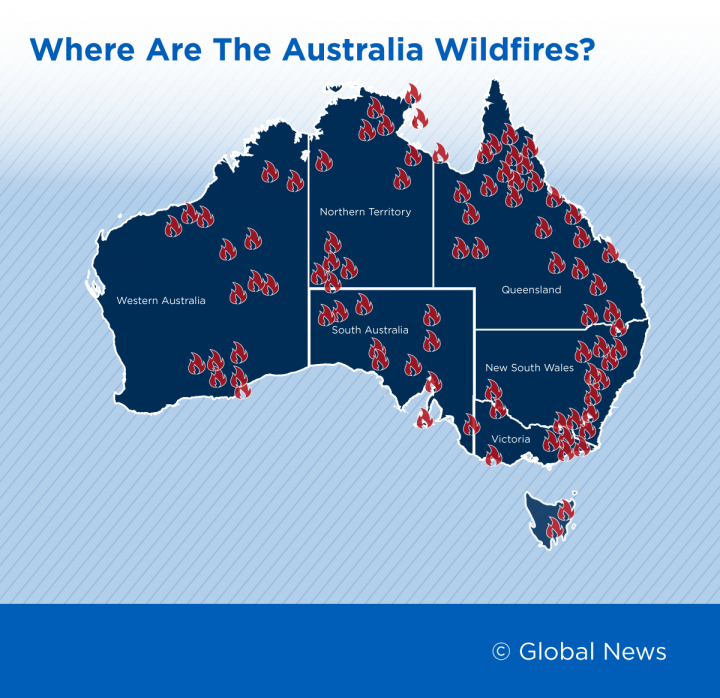







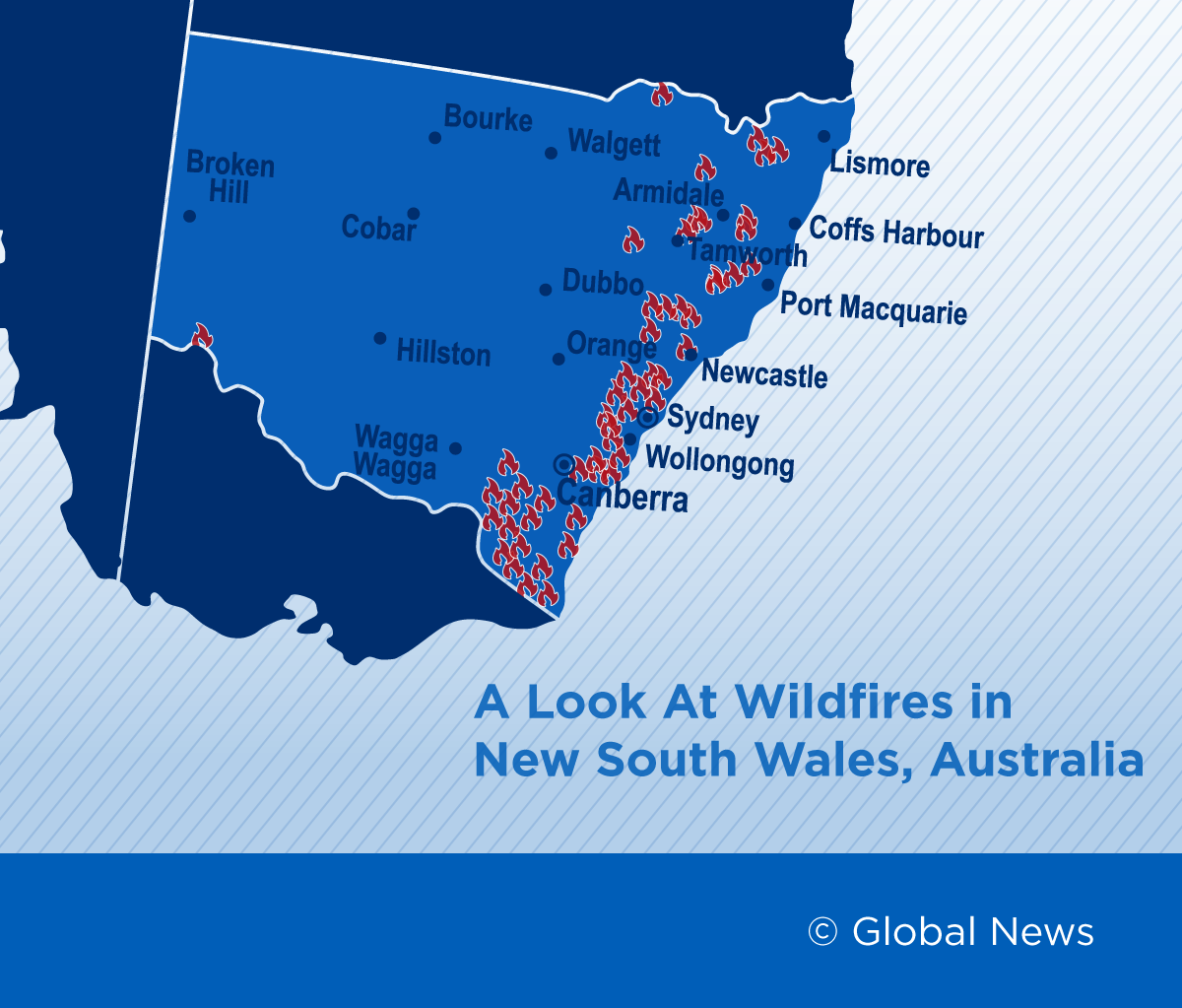

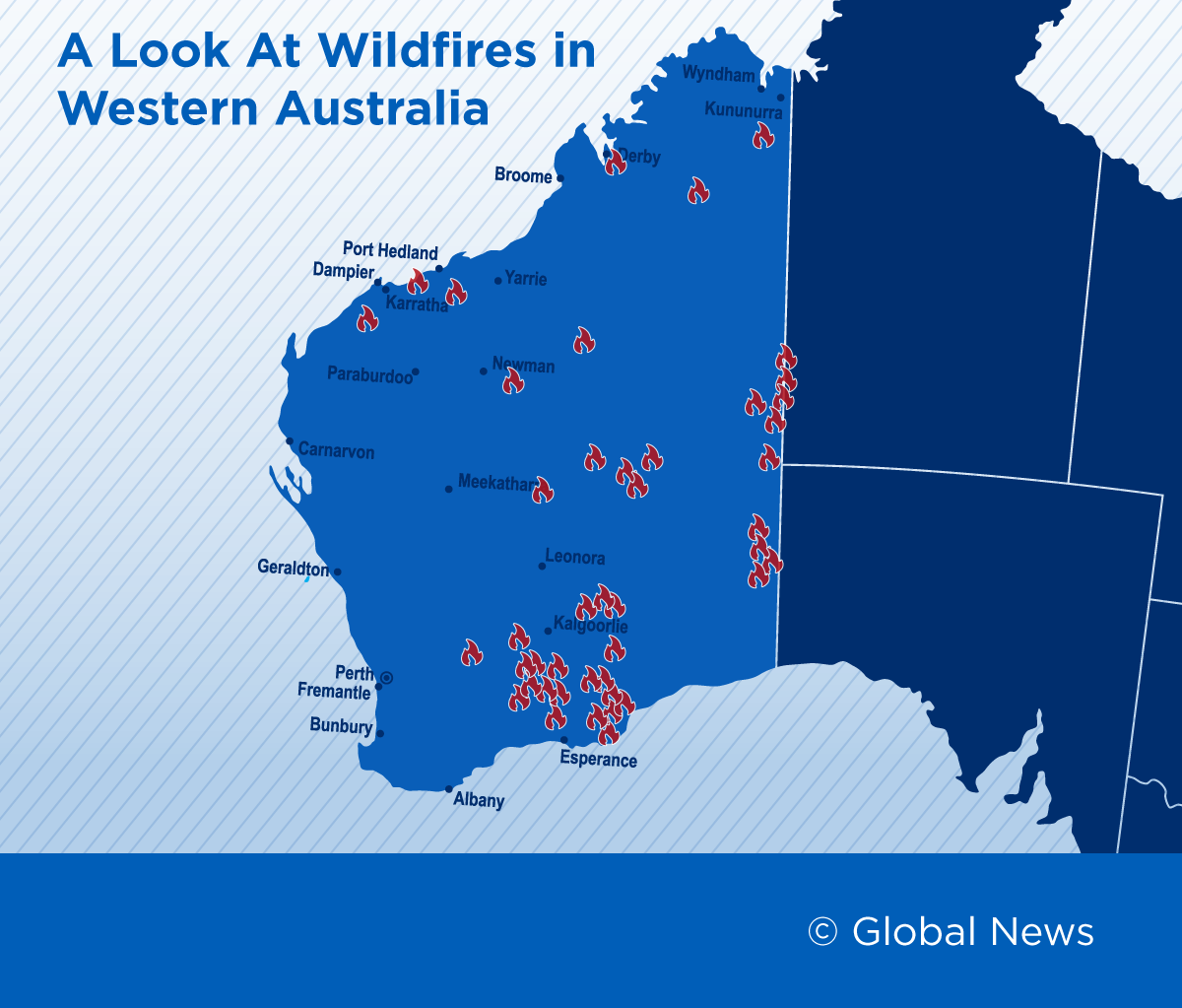


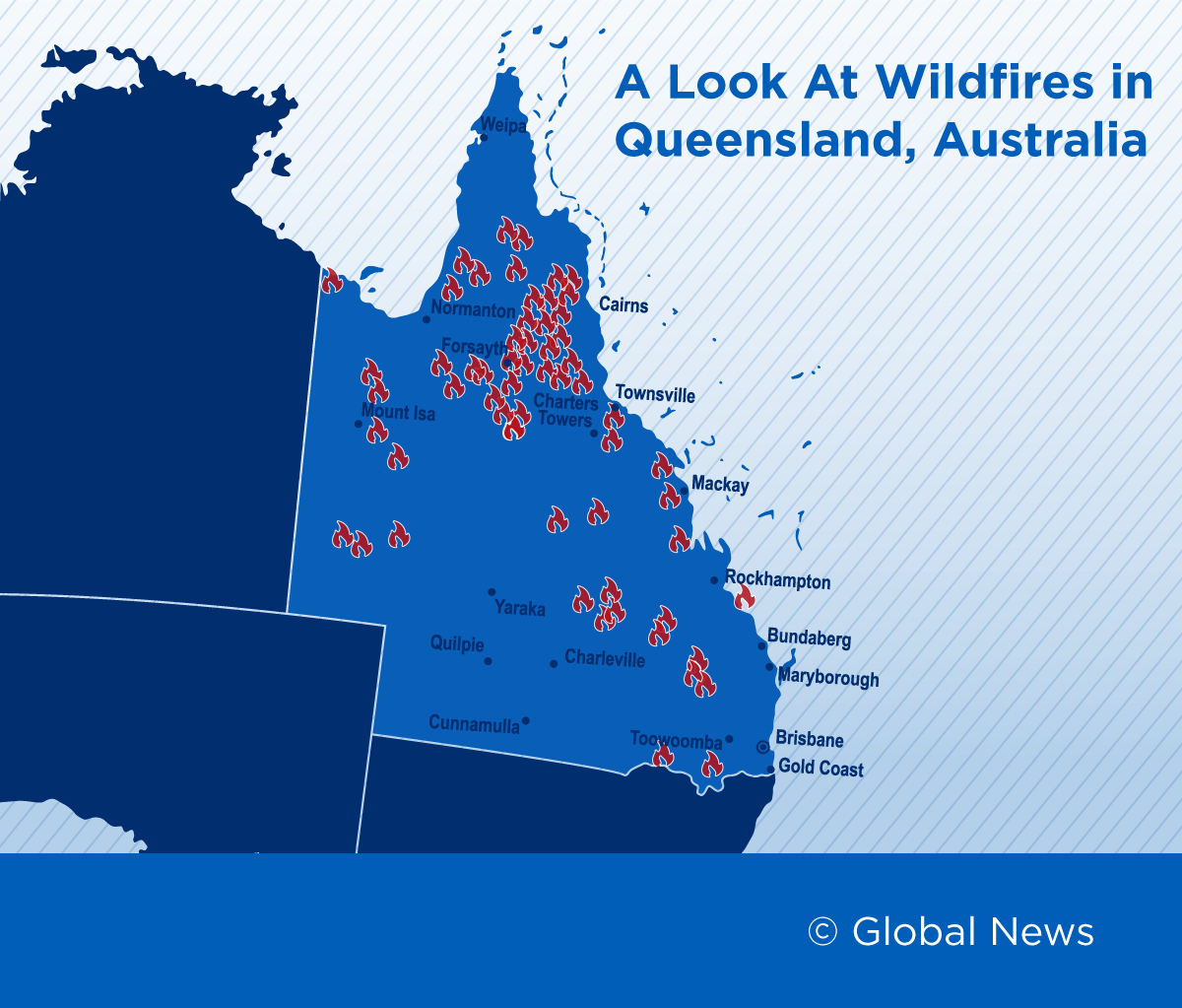
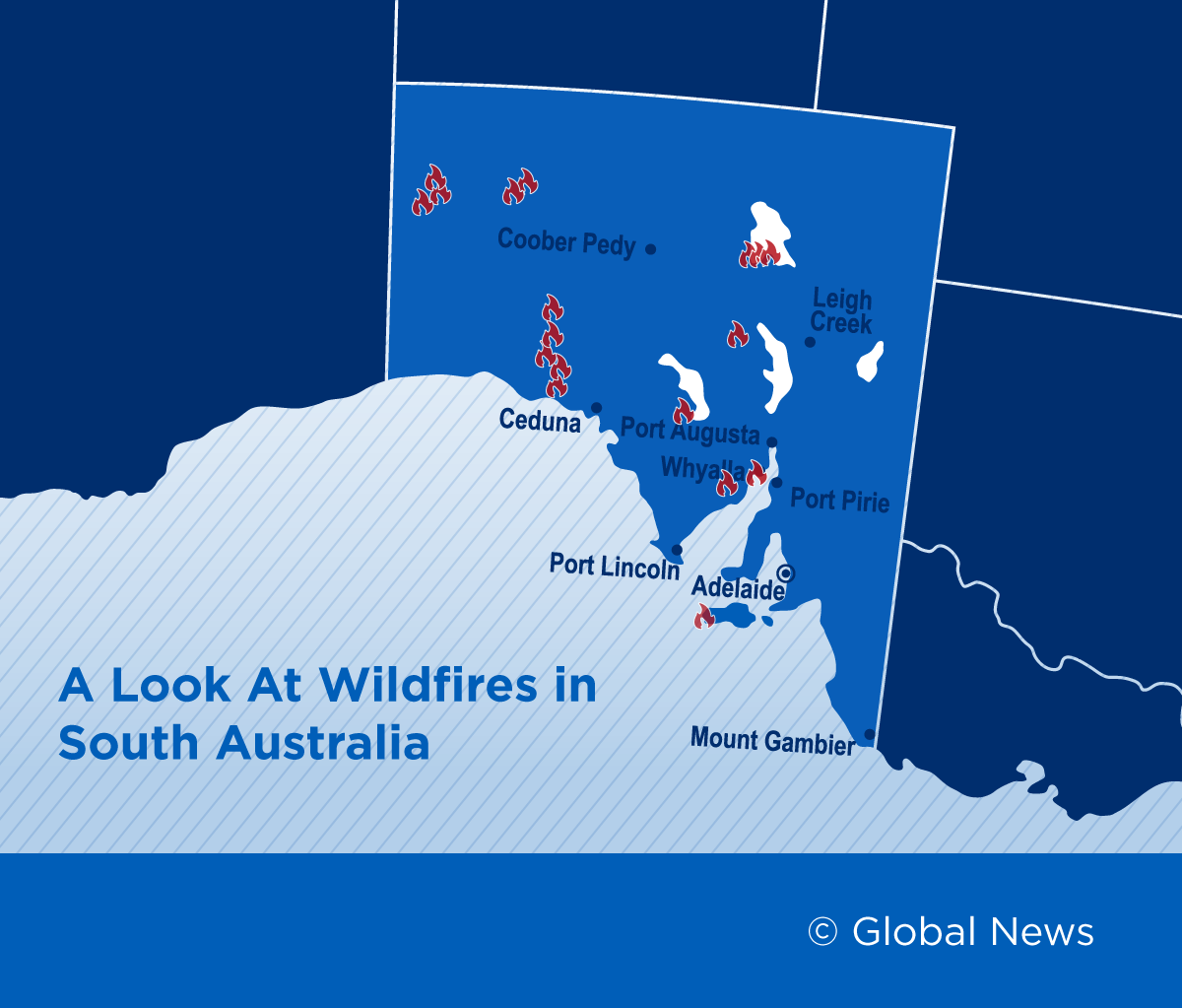





Comments